If you’re not already frequenting your local climbing gym and bragging about how you can send a 5.10, it’s only a matter of time. Climbing has seen a major surge in popularity with the emergence of pros like Alex Honnold embarking on free solo stunts and its Olympic debut at the 2020 Games in Tokyo.
And while indoor climbing is fun, nothing compares to the incredible thrill of scaling real rocks in the great outdoors. As the number of climbers increases, more and more routes are being developed that cover the entirety of the Yosemite Decimal System, which rates the difficulty levels of climbs on a scale from 5.0 through 5.15.
Before you can conquer the best climbing spots in America, you've got to start small and learn the basics like transitioning from gym to rock climbing and knowing basic climbing terminology.
Benefits of Climbing
Rock climbing is renowned for sculpting bodies with superb muscle definition, six-pack abs, and sinewy forearms. You can develop strength and tone through indoor sessions, but it’s outdoor climbing with its inevitable sense of surprise and adventure that really builds that climber’s physique and mental toughness.
Additionally, outdoor rock climbing develops a sense of camaraderie and adventure unmatched in other sports. It’s not just the dizzying distance off the deck and the vertical dance from foothold to handhold, but the mastery of skill and sense of control over impending doom that’s hard to beat.
How to Learn to Rock Climb
Starting to climb on real rock is hard. Gravity takes no holiday and the sport is inherently dangerous, so you need to hone your skills. Learning how to use a rope, protective equipment (whether its quickdraws to clip into pre-placed bolts, or nuts, cams, and other removable gear), and tie knots are just some of the crucial basics. So is developing the situational awareness to avoid hazards like falling rock, unintended bivvies, and deteriorating weather conditions while upping your odds of a safe—and, don’t forget, fun—experience.
If you’re ready to take your love of climbing out of the gym, pack your harness, get your hands on the best climbing gear, and head to one of the best climbing spots for beginners.
Best Beginner Climbing Destinations to Beat the Crowds
When you’re just starting out, it's better to head to an off-the-beaten path crag beyond all the crowds (and flexing local experts), where short, accessible routes can help you develop essential skills. Ideally, you’ll learn how to set up a top rope, then progress to single-pitch sport climbs—and, if you’re lucky, traditional climbs where you place (and remove) safety protection and “go pro.” However high and harrowing you aim to head in this sport, here are spectacular spots to safely and enjoyably get your rock climbing chops.
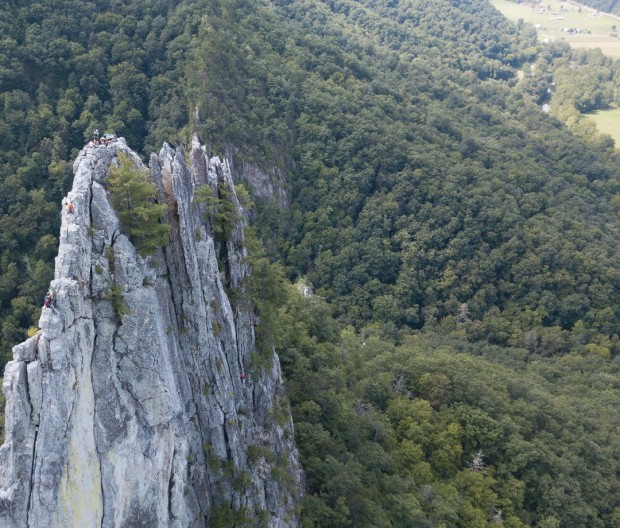
Tom Cecil/Seneca Rocks Mountain Guides
People have been learning to climb in West Virginia’s Seneca Rocks for decades. The Tuscarora sandstone spires rising out of Monongahela National Forest reach 1,568 feet in height (rising about 900 feet above the scenic North Fork River) and offer nearly 400 climbing routes, from relatively easy to those that will challenge experts. Seneca Rocks has a summit that’s only about eight feet in diameter, with 300-foot drops on both sides. Once you’ve learned the ropework necessary to climb there, you can move on to bigger objectives, including Devil’s Tower and The Grand Teton, both classic rock climbing summits.
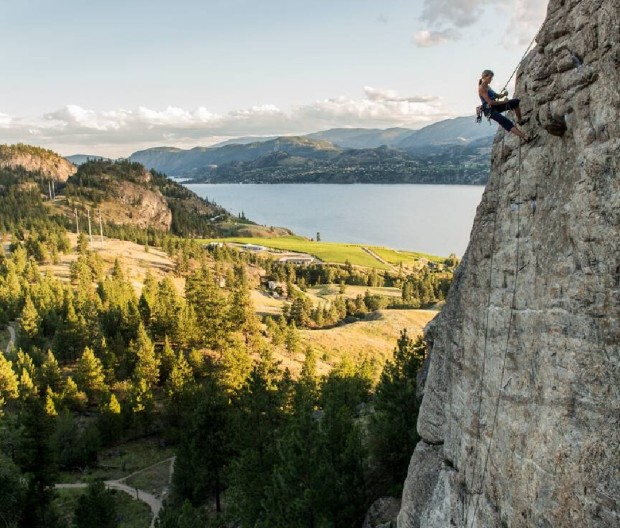
Courtesy Image
There are many reasons to visit Skaha Bluffs Provincial Park in southeastern British Columbia. First, the climbing on the nearly endless granite cliffs is excellent, and there’s an abundance of rock with more than 1,000 routes on 60-plus rock faces. While the best times to climb in Skaha are spring, early summer, and fall, there’s decent shade in the mid-to-late summer months. The approaches (distance from your car to the climbing routes) are easy, with excellent trails.
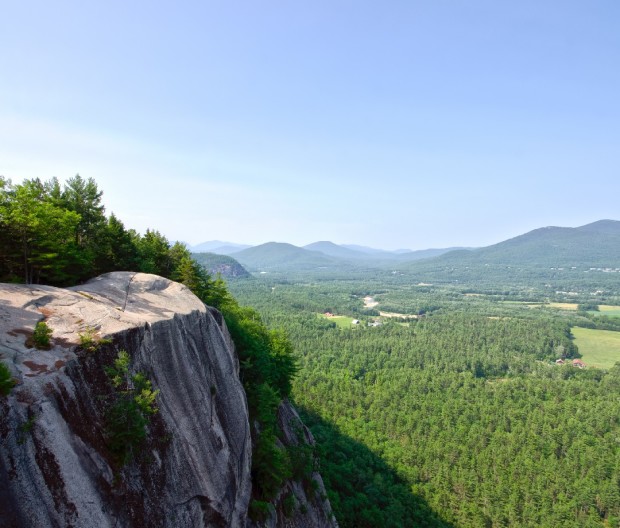
Elrepho385
Just 145 miles from Boston is the picturesque New Hampshire town of North Conway—aka the epicenter of New England climbing. While many people know about North Conway, it’s just out of the way enough to escape those big crowds (unless it’s a holiday weekend). The granite cliffs of Whitehorse and Cathedral Ledges have sweeping views of Mount Washington Valley that are picturesque year-round—and, of course, in autumn the fall foliage is something to behold.
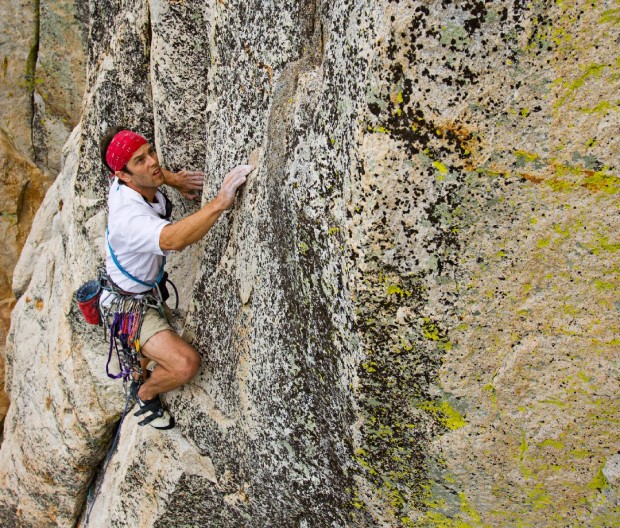
Greg Epperson
While many California climbers flock to Joshua Tree National Monument and Yosemite National Park, they often face entry quotas, heavy traffic, and crowds on the trails and routes. If you want to up your climbing game on great rock with dramatic scenery and splendid routes, consider heading to the San Jacinto Mountains. The climbing areas of Tahquitz and Suicide Rocks near the SoCal town of Idyllwild offer some of the best single and multi-pitch climbing around. While there are a few sport climbs (bolted), the wealth of this area is traditional climbing where you place your own gear.
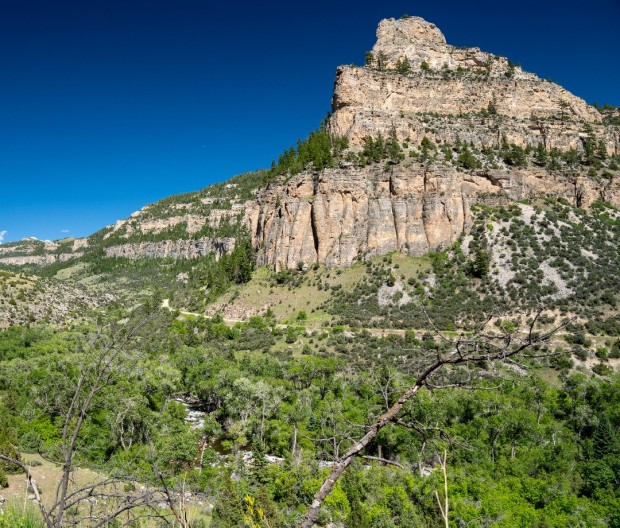
Melissa Kopka
Ten Sleep, an aptly named sleepy ranching town in north-central Wyoming, is close to some of the best limestone sport climbing in the world. Ten Sleep Canyon, located in the Big Horn Mountains, offers hundreds of well-bolted climbs. Most are single pitch, and while the sweet spot for grades (difficulty) is in the 5.11 and above range, there are easier routes where you can work on your bolt-clipping skills. If you’re a strong indoor climber, a week at Ten Sleep will definitely help you up your outdoor game.
Best World-Renowned Climbing Destinations for Beginners
Once you learn the ropes in the quieter destinations outlined above, consider hitting up these classic climbing spots. They're some of the greatest bucket list climbing meccas, but these often get crowded.
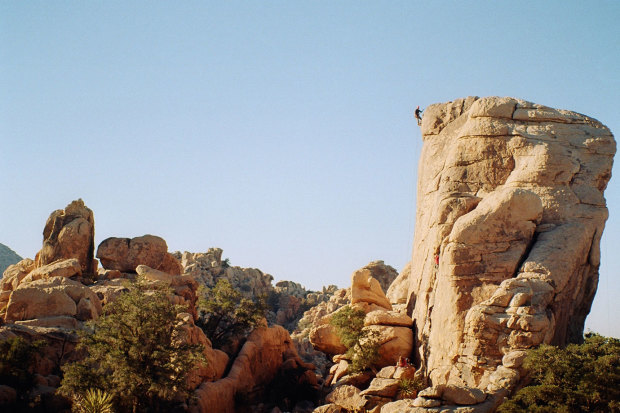
Nearly all national parks are prime for climbing adventures. Joshua Tree—where two deserts (Mojave and Colorado) meet—may seem flat compared to Yosemite, the Grand Tetons, or Acadia, but it actually has more than 8,000 climbing routes on its uniquely shaped rock formations. One thousand of those are graded 5.8 and below, and 100 are set up for top rope climbing, which is probably what you’ve practiced most in your climbing gym. Ease into things with Goeb’s Goes Gecko, a 5.2 route that’ll take you to the top of Lizard’s hangout for an epic view.
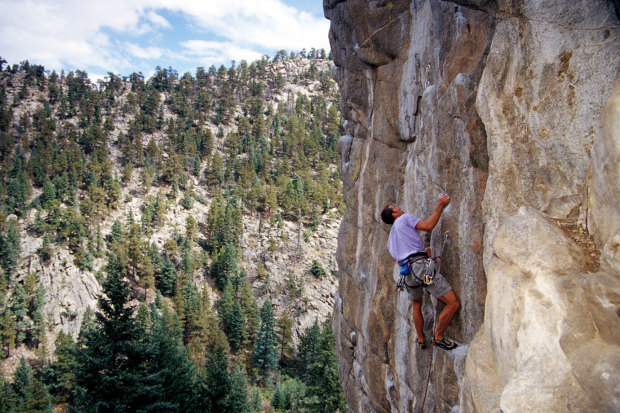
Countless climbers (like big-wall climber Sasha DiGiulian) call Colorado home, so it shouldn’t come as a surprise that the state is overflowing with climbing opportunities. In Boulder Canyon, you’ll find nearly 300 routes graded 5.8 and below—and a solid 20 percent of those are for top-rope climbing. Cross the 105-foot Pine Tree Route off your list (it’s an easy 5.5), then graduate to Chimney (5.6), or East Slab East (5.7).
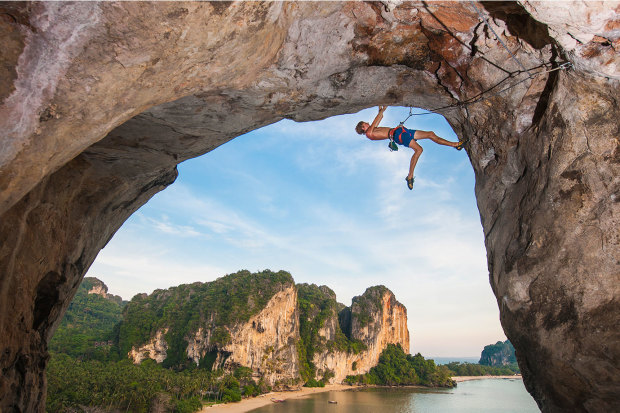
Thailand’s beaches are a major draw for climbers, but beginners shouldn’t be intimidated by the craggy, exotic rock faces. While there’s only one top-rope climbing route graded under 5.8, called Laem Phra Nang, there are 18 if you include trad and sport climbs, in which you place your own bolts in the rock or clip in to pre-placed bolts. Luckily, nearly half the climbs here are already bolted, which removes some of the work for you. There are a ton of climbing companies in nearby Krabi that will provide guides and even lessons if you need them.
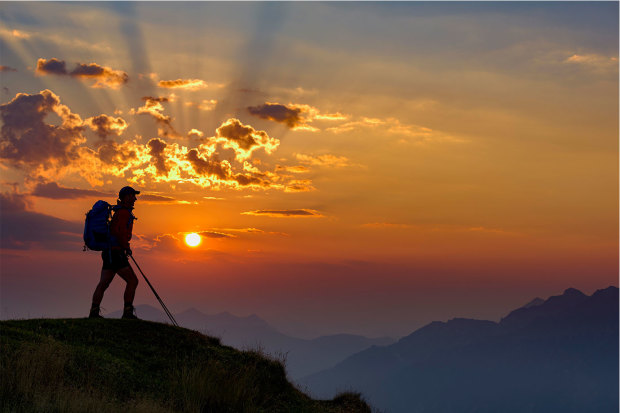
Frankenjura is one of the top sport-climbing areas in Europe. Located in the northern part of Bavaria, this hotspot has 8,000-plus routes through its limestone crags, nearly 400 of which are graded 5.8 or below (only one of those is set up for top-rope climbing, though, so you better be comfortable with sport or trad climbing). If you’re lucky, you might spot some climbers tackling one of the area’s many routes graded 5.14 or higher; grab some Kellerbiers from one of the local beer gardens and let those daredevils inspire you. Just crack open a cold one after you climb.
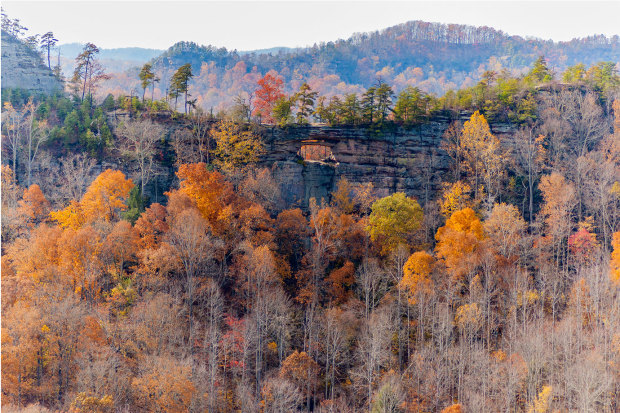
Red River Gorge’s sandstone cliffs offer a huge variety of climbs, making it one of the best climbing destinations in the south. You can send one of the 370 routes graded 5.8 or below (12 of those are set up for top-rope climbing). Start out on the 50-foot Forgive Me Amy, For I Have Sent route, then climb Warm Up, a 60-footer to the summit. Make sure to stop at Miguel’s Pizza, a staple in the Kentucky climbing community, for a slice after your climbs.
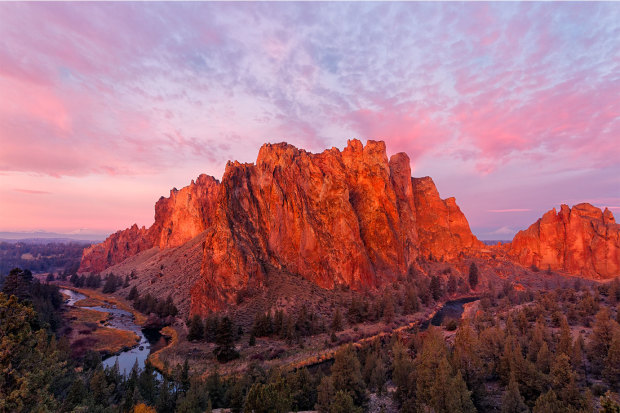
Smith Rock is one of the best spots for sport climbing in the U.S. It boasts over 1,500 routes—170 of those are graded 5.8 or below, and 16 are set up for top-rope climbing. The volcanic rock cliffs stretch high above the desert ground, which makes for spectacular views over the Crooked River when you reach the top. Kindergarten Crack is a quickie climb for beginners, while the popular Double Time route offers a bit more of a challenge.
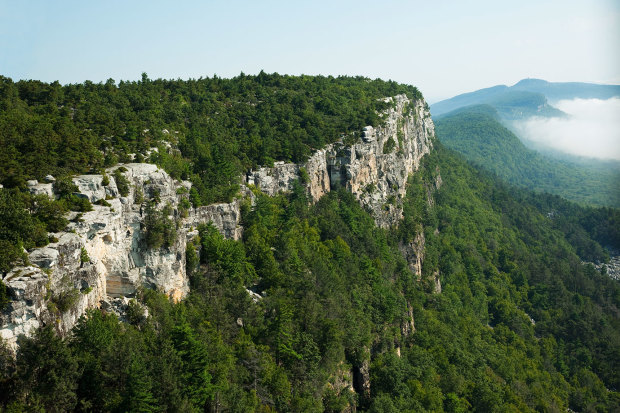
Just 90 minutes from New York City, the Gunks are one of the most accessible climbing areas. There are over 400 climbing routes graded between 5.0 and 5.8, and 100-plus are top rope-ready. People have been climbing here since the 1930s. One of the most popular routes, High Exposure, is a 5.6 that was established in 1941, and it’s home to some of the easiest trad climbs in the country. You won’t find any sport climbs here, though. You can’t beat the fall, when scoping foliage from above is truly top-notch.
Best Multi-Pitch Climbs for Beginners
North America has plenty of classic multi-pitch climbs for beginners. At these worthy locations, you don’t have to sacrifice adventure for accessible climbing and beautiful views.
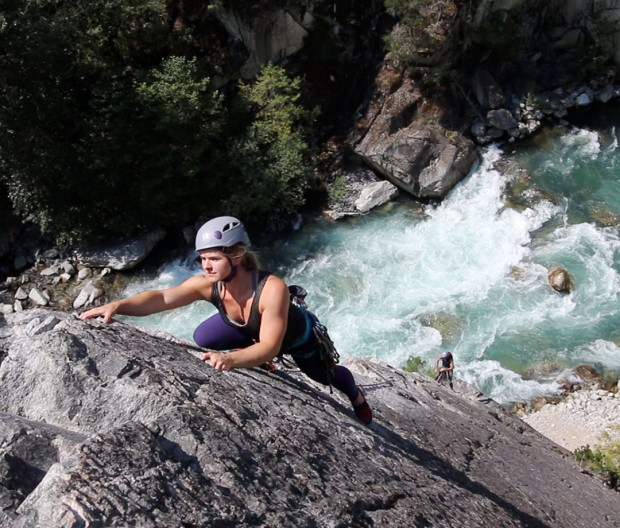
Star Check, 5.8+ is a classic multi-pitch climb with a moderate approach, a spectacular view, and fun climbing to boot. This route wanders up a low-angle arete on a bluff feature that overlooks the Cheakamus River in British Columbia. While climbing, make sure to pause and look behind you! The view is breathtaking.
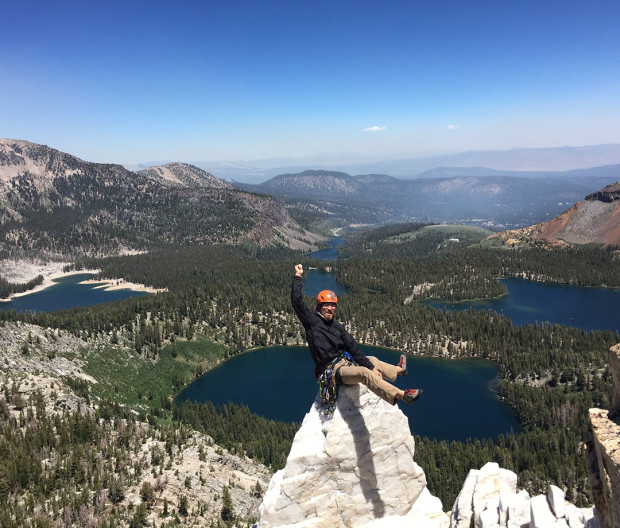
Known for being an excellent first alpine route, the North Arête of Crystal Crag (5.6) is one summit you don’t want to miss. Its close proximity to town, sweeping views of Mammoth Lakes, and unforgettable "crystal corridor" on the final pitch make it an instant classic. The approach is an enjoyable and moderate trek through the ponderosa pine forests of the High Sierra. You pass clear-blue Mammoth Lakes and arrive at the foot of Crystal Crag.
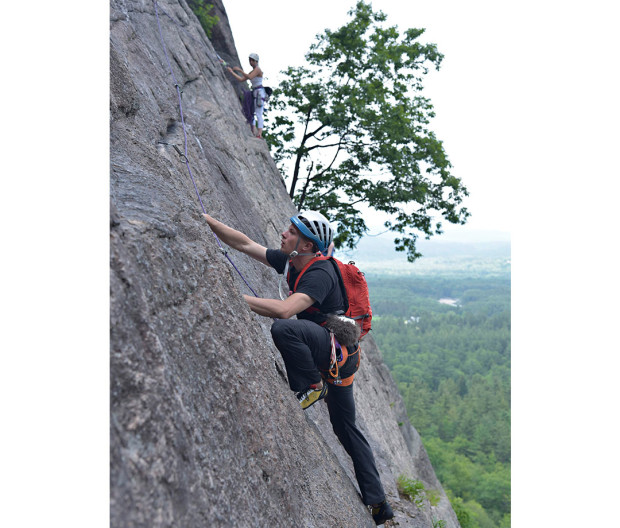
The Northeast is known more for its ice climbing than rock climbing, but you'll find a hidden gem in New Hampshire. Thin Air (5.6) on Cathedral Ledge combines the adventure of a much harder route with the protection and enjoyment of easier climbs.
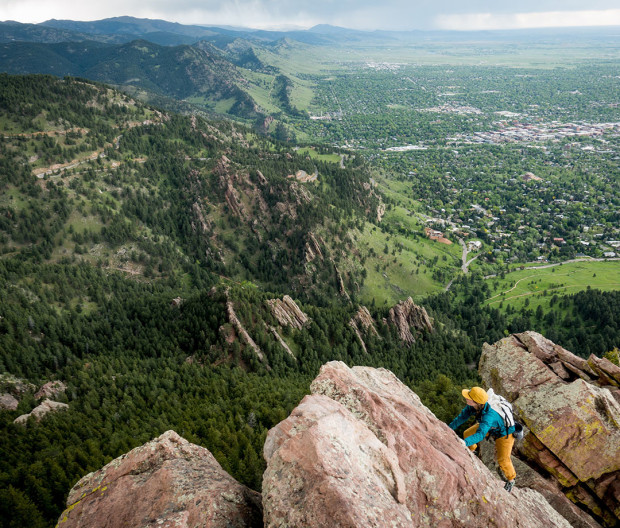
The Flatirons jut dramatically out of Colorado's foothills and mark the beginning of the Rocky Mountains' Front Range. Boulder, CO, sits just on the eastern edge of this continent-long mountain range and can be seen in its entirety from the top of the Flatirons.
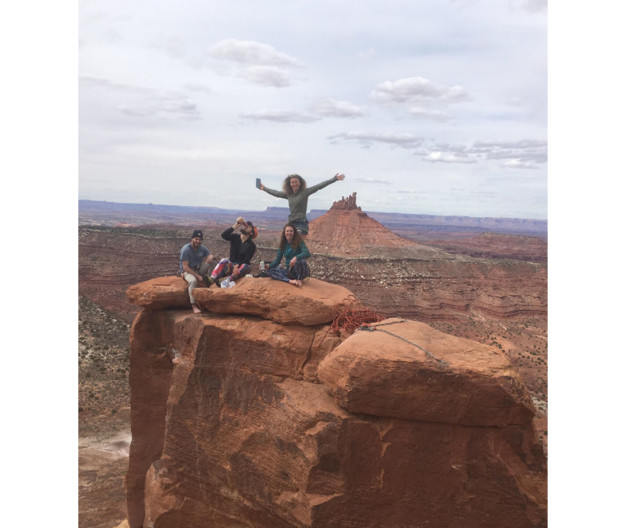
For any desert climber, towers hold a special place of interest. Desert towers are sources of adventure and provide a unique sense of accomplishment once you finally stand at the high point and see the desert from a new perspective. For many climbers, South Six-Shooter is a logical first of many towers to climb in a lifetime. Located in Indian Creek, UT, South Six-Shooter has great climbing, bolted anchors, and a view that goes on for miles. The approach up a talus cone can be brutal, but the climbing is fun and that talus slope makes the summit view higher than you have to climb.
from Men's Journal https://ift.tt/Fn2gfRz
No comments:
Post a Comment